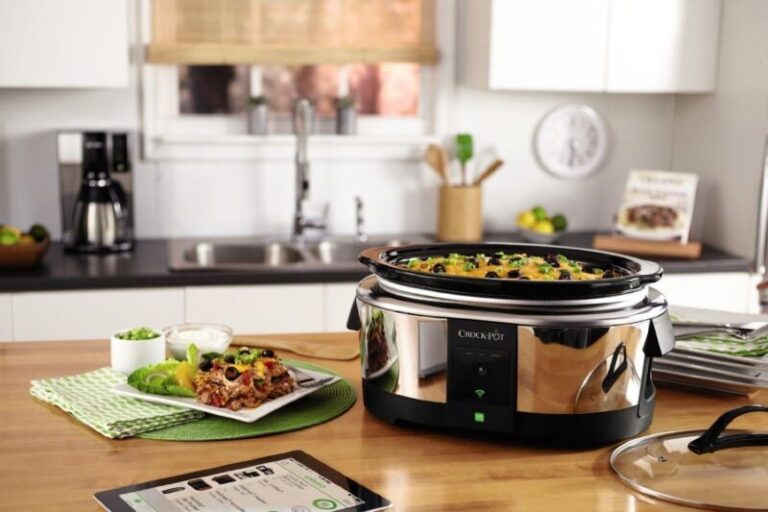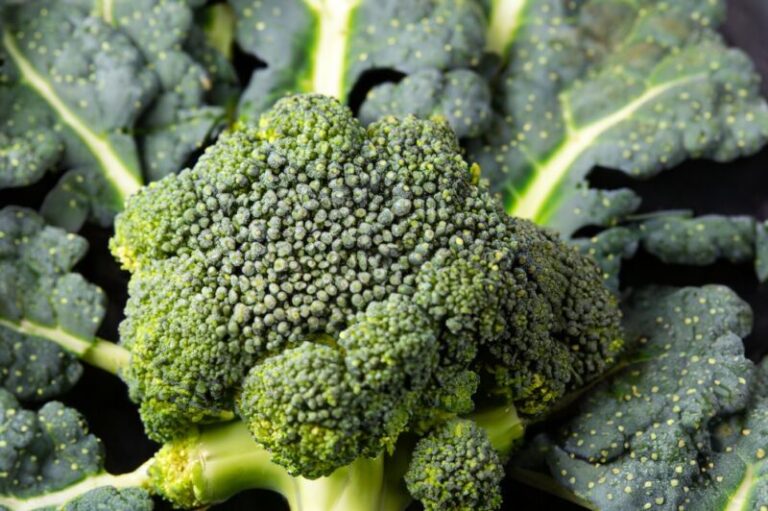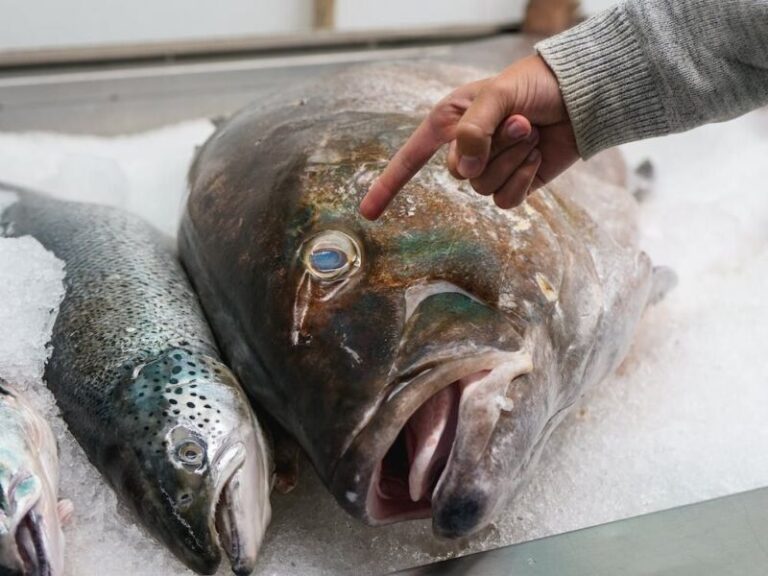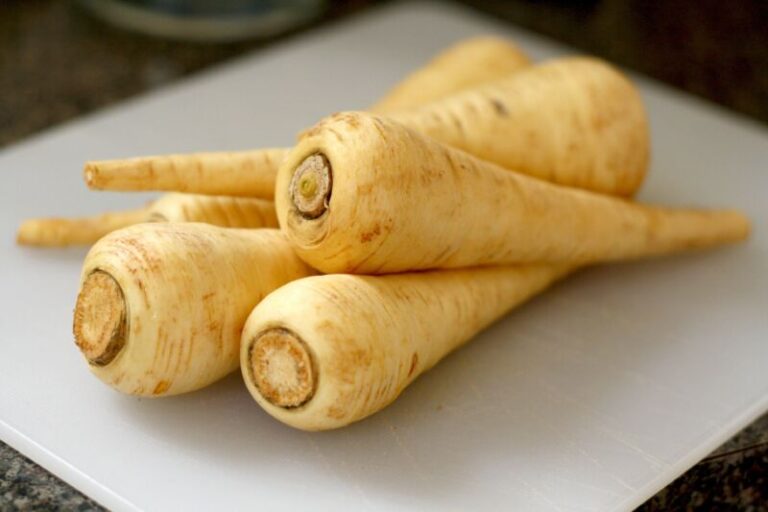Why Does My Sugar Smell Bad? Reasons and What To Do
The other day I went to make my morning coffee and was hit with an unpleasant surprise – my sugar had a strange, funky odor that made me recoil. I tossed it straight in the trash, not wanting to risk using spoiled sugar in my coffee. But it made me wonder, why does my sugar smell bad in the first place?
Sugar is a staple ingredient in most kitchens. Whether you’re sweetening a cup of coffee, baking cookies, or simply sprinkling some over fruit, having sugar on hand is essential. But sometimes, despite our best efforts to store it properly, sugar can go bad and take on an unfavorable smell.
In this blog post, I’ll explore the reasons why sugar smells bad, how to spot spoiled sugar, proper storage methods to avoid it, and if expired sugar is safe to consume. Let’s get to the bottom of this funky odor!
Why Sugar Smells Bad – Common Causes
There are a few common culprits that can cause your sugar to give off a bad, unpleasant smell:
Exposure to Moisture
Sugar is hygroscopic, meaning it absorbs moisture from the surrounding environment. When exposed to excessive moisture, your sugar can start to clump together as the moisture causes individual granules to stick to one another. This clumping provides the ideal breeding ground for mold spores and bacteria.
As these contaminants grow, they release smelly metabolic byproducts, resulting in sugar with an unpleasant odor. Storing your sugar in a cabinet near the oven or sink exposes it to more ambient moisture which speeds up spoilage.
Pests Like Ants or Cockroaches
Pantry pests like ants, cockroaches, and moths can infiltrate your sugar stash, contaminating it with bacteria and secretions. Their waste and decaying bodies impart unfavorable smells and flavors.
Cockroaches in particular secrete a substance that reacts with sugar, causing it to smell like ammonia. Keeping your kitchen clean and inspecting packages before storing them prevents pest problems.
Poor Quality or Improperly Stored
Old, expired sugar or varieties that were improperly processed and packaged can start to smell bad quickly. Signs of poor sugar quality include a strange texture, clumping, and unnatural coloring.
Low-quality sugar may have impurities that increase the rate of spoilage. Similarly, if stored improperly in humid, hot, or unsanitary conditions, your sugar can absorb excess moisture and odors.
Detecting Spoiled Sugar – What To Look For
If your sugar has been sitting around for awhile, give it a few checks before using it in your food or drinks. Here are the telltale signs that your sugar has gone bad:
- Unpleasant Odor – Old or damp sugar gives off a musty, vinegary, or fermented smell. Even a faintly odd odor likely means it’s past its prime.
- Clumping/Solid Mass – Instead of fine, free-flowing granules, spoiled sugar will be rock-hard or have clumps from absorbing moisture.
- Mold Growth – Tiny furry mold spores can populate and spread through damp sugar. Their growth causes the bad smell.
- Texture Change – Sugar might become soggy with a syrup-like consistency or hardened into solid chunks.
- Off-Color – While refined sugar is usually bright white, spoiled sugar may turn beige, brown, or yellow.
- Insect Infestation – Bugs like ants or moths in the package strongly indicate your sugar has gone bad.
If you notice any of these red flags with an open box of sugar, it’s best to discard it. The unpleasant taste and potential health hazards aren’t worth the risk.
Storing Sugar Correctly – Keep It Fresh
To avoid spoiled sugar with a funky smell lurking in your pantry, use these tips to store it correctly:
- Transfer sugar from original bag to an airtight glass or plastic container. This prevents moisture and pests from getting in.
- Keep sugar in a cool, dry place like a pantry away from heat sources. The ideal temperature is between 60-70°F.
- Store sugar away from moisture – not next to the oven, sink, or dishwasher.
- Place a silica gel packet in the container to absorb excess humidity.
- Avoid direct sunlight which can accelerate decomposition. Store sugar in the dark.
- Keep storage containers clean and sanitized by washing with hot, soapy water.
- Only use clean, dry utensils when scooping sugar to prevent contamination.
- Buy quantities you can use up within 6 months and check expiration dates when purchasing.
Following these guidelines when storing sugar creates an environment that prevents spoilage, clumping, and bad smells!
Can You Use Expired Sugar?
So you discovered an unopened box of sugar in your pantry and noticed it’s past the expiration date – is expired sugar still ok to use?
The short answer is – it depends! Dry pantry ingredients like sugar don’t necessarily spoil after a best by date. You’ll need to closely evaluate it using your senses:
- Look – Any visible moisture, clumping, or color changes? Signs of insect infestation? If yes, toss it!
- Smell – Does it smell normal? No musty, vinegary or other off odors? Foul smell means throw it out!
- Taste – Sample a tiny bit. If it tastes unusually bitter, fermented, or otherwise ‘off’, get rid of it!
As long as the sugar looks, tastes, and smells normal it should be perfectly safe for consumption – regardless of the date on the package. However, quality does degrade over time so older sugar may not dissolve or taste as sweet.
When in doubt, remember – trusting your senses is the best way to determine if sugar is still usable after the expiration date. Expired sugar showing no signs of spoilage is likely fine, while changes in odor, appearance, or taste mean it’s time to let that sugar go!
Keeping Sugar Fresh – Prevention Tips
You can avoid the nuisance of opening your sugar container to an unpleasant stench or discovery of hardened clumps by taking a few easy preventative steps:
- Buy high-quality sugar from a reputable brand. Higher standards in processing and packaging prevent early spoilage.
- Use clean, dry utensils each time you scoop sugar to prevent contamination. Never introduce wet spoons or measuring cups.
- Limit handling of sugar through bags or containers to reduce transferring oils, moisture, and bacteria from your hands.
- Store properly as soon as you open the package – use airtight containers in a cool, dry place.
- Keep all sugar equipment meticulously clean – containers, scoops, measuring cups, etc.
- Never store sugar near any heat source in your kitchen like the oven range or dishwasher. The heat promotes deterioration.
- Check for signs of moisture, mold, or insects regularly. Discard at first indication of contamination.
With proper handling and storage habits, you can keep your sugar fresh for months past any ‘best by’ date and avoid the unpleasant surprise of foul-smelling, hardened sugar when you go to use it!
Why You Should Buy Quality Sugar
Along with storage and handling, starting with high-quality sugar can help prevent unpleasant smells and spoilage:
- Purity – Finely processed and refined sugar has less impurities to cause spoilage. Good filtration prevents residue.
- Production method – Some poorer quality sugars use inferior processing which affects composition. High-quality sugar has robust quality controls.
- Flavor – Poor quality sugars can have ‘off’ tastes. Premium sugar enhances drinks and food.
- Ethical practices – Many major brands crush sugar cane with questionable labor practices. Quality sugar ensures fair trade.
- Sustainability – Factories producing quality sugar adhere to green initiatives like water conservation and renewable energy.
- Health benefits – Less refined varieties like muscovado, maple syrup, evaporated cane juice have more nutrition than white sugar.
While more expensive than basic refined white sugar, investing in high-quality sugar from ethical brands results in a better tasting product that holds up longer. You’ll avoid many of the problems associated with spoilage and rancid sugars.
In Summary
Nothing ruins your morning coffee or baking experience like reaching for sugar and getting hit with an unpleasant funky smell instead of sweetness. By understanding what causes sugar to smell bad along with proper handling, storage, and choosing quality brands, you can keep your sugar fresh and odor-free.
Use best practices like air-tight containers in cool, dry storage and avoiding contaminants. Monitor sugar for any signs of moisture, mold, pests or other red flags of spoilage. Know that expired sugar may still be fine if it passes a smell and taste test. Take steps to prevent spoilage through careful storage habits and purchasing high-grade sugars produced with strong quality controls.
Following this sugar smell-saving advice will keep your baking and beverages tasting sweet and delicious!






